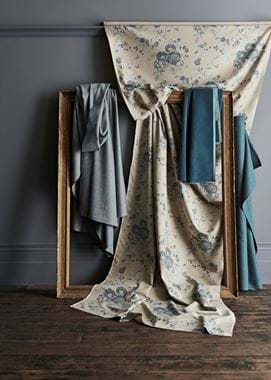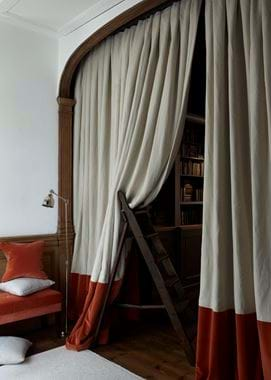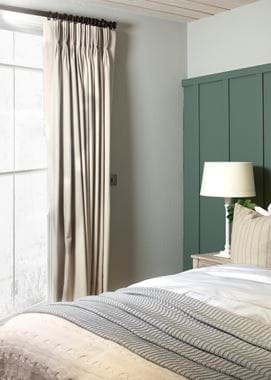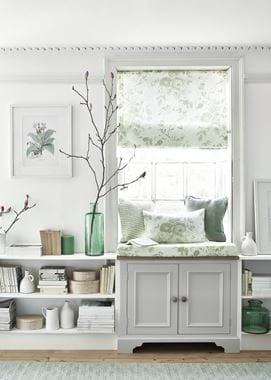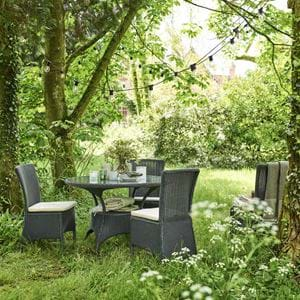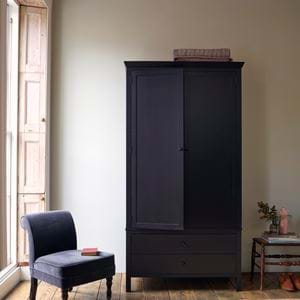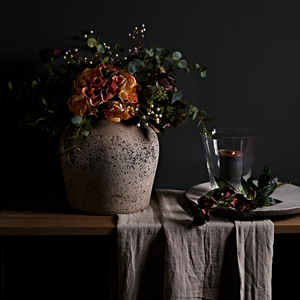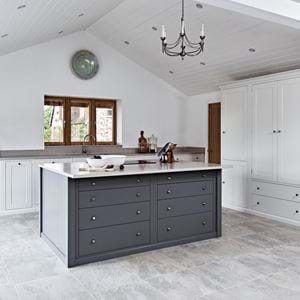Making the most of curtains and blinds
Making the most of curtains and blinds
Skillfully crafted window treatments can enhance a room in ways you never thought possible. Here, we explore the potential of our new tailor-made curtains and blinds, as well as suggesting a few original ways to use them in your home…
Curtains and blinds are one of the more challenging aspects of decorating – lots of materials and proportions have to be carefully balanced – but they’re also among the most important: an undressed window can leave a room feeling rather unfinished. Done well, both curtains and blinds refine light levels, add warmth and privacy, and even muffle noise from outside your home. In Britain, where it gets dark early in winter and we often experience the urge to draw the curtains and cosy up, they make us feel safe and cocooned.
Several different elements come together to create the perfect curtains and blinds. First, the drape and insulating qualities of the fabric need to be just right. Weighted hems help them to hang just so. Beautifully made pleated headings create plump folds of fabric so that curtains feel elegant and luxurious, just like the ones you’d see in a lovely boutique hotel. Linings should be carefully matched – lighter ones for heavier fabrics, and denser ones for more delicate textiles – so that everything looks its best from the front, and draught-proofing is maximised. Where needed, blackout linings can filter out harsh light and make a room easier to sleep in.
Our new curtains and blinds are designed to do all of these things, and more. We make them by hand (see our article on how they’re made) so that we can get the silhouette and drape just as they should be. And we kept the choice of styles simple so they work in every kind of interior. For curtains, there are three styles of pleat (cartridge, the simplest and most modern; double pleat, for classic elegance; and triple pleat, for more volume and drama). For blinds, we’ve decided to offer just one style, the Roman blind, because it looks beautifully tailored whether it’s used alone or framed by curtains.
We’ve still allowed for plenty of freedom, though. By combining different fabrics and borders, and using curtains in original settings, you can create all kinds of effects that enhance rooms in unexpected ways…
Combine patterns and plains
We’ve organised our curtains and blinds service so that you can make them completely your own. You could choose one of our thick cotton velvets to make plush winter curtains, for extra warmth in a chilly space. Patterned curtains and blinds, such as our Gabriela or Emma linens, create a completely different feel and can bring a neutrally decorated room to life. There are also plenty of options in between. You could decide to have a vertical or horizontal border – or both – to add a subtle note of pattern on a plain design (or vice versa). Layering curtains and blinds together is a great way to play with the shape and proportions of your windows – co-ordinate the borders on both to tie a look together.
Transform problem windows
Some windows are more difficult to dress than others – those with odd proportions being hardest of all. Cleverly used, window treatments can make such problems vanish. For instance, if you have a room with two windows of different heights, you can create the illusion that they match by hanging curtains and blinds from the top of the wall, and dropping both blinds to the top of the lowest window. Small windows can be made to appear taller by using the same method, instantly altering the proportions of a room. Additionally, if you want to make a deep casement feel lighter and wider, hanging curtains in front of it, rather than in the recess, will create a more open, expansive feel.
Use curtains as screens
Curtains don’t have to be used on windows. They can also be used as ‘soft borders’ within rooms. Two curtains hung at the mid-point of an open-plan sitting and dining room, for instance, can be drawn to form smaller, cosier zones or pulled back and looped with tie-backs to frame both areas. Or use fabric as a divider between a bedroom and an en suite or dressing room – it feels more relaxed and intimate than a door. If you have a four-poster bed, curtains hung on the frame can feel hugely indulgent in winter. We also like the old-fashioned idea of a thick curtain across the front door at night, shutting out any draughts than might escape through the letterbox. And, though we almost daren’t think that far ahead, a light linen curtain wafting in the breeze between indoors and out will be magical come next summer.

